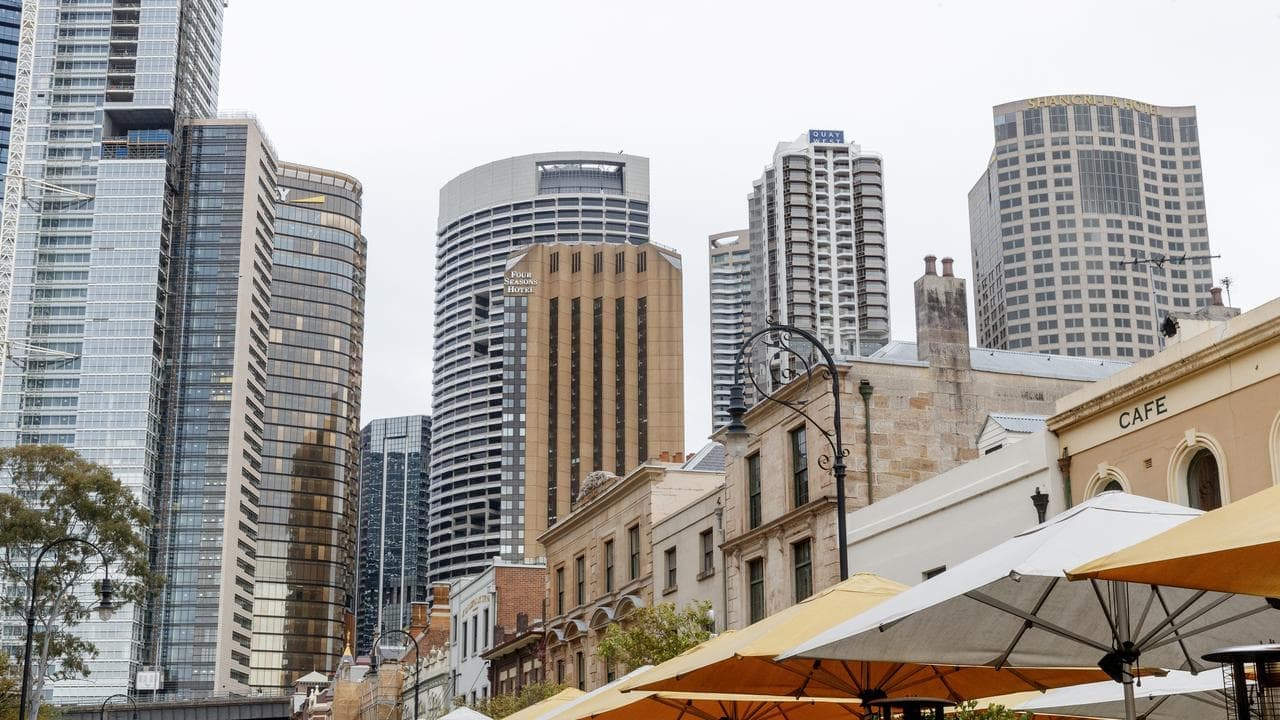WHAT WAS CLAIMED
Videos show the aftermath of an earthquake in Myanmar.
OUR VERDICT
False. The clips are created using artificial intelligence.
AAP FACTCHECK - Fake videos depicting the aftermath of an earthquake that struck parts of Myanmar and Thailand have gained millions of views on social media.
The clips do not show genuine footage and display key signs of being generated using artificial intelligence (AI) tools.
A 7.7 magnitude earthquake hit central Myanmar on March 28, 2025, near Mandalay, the nation's second-largest city, killing more than 2000 people.
Its effects were felt in nearby countries including Thailand, where at least 18 people have been killed.

While authentic photos and videos, such as those reported by the BBC, reveal the widespread damage, fake AI images are also being shared online.
"Myanmar Earthquake 17M people Affected" text overlaying a March 29, 20025 Instagram post reads, alongside a video that appears to show a huge chasm in a city road and a small fire burning in the background.

The short "footage" has more than 1.7 million views, but there are telltale signs it was generated using an AI tool, including a crowd of people in the foreground who don't move.
Another fake clip shared on Facebook appears to show two collapsed bridges but bears the watermark "runway", which is an AI company.

A clip on X that appears to show rubble with several temples in the background was shared by a verified user with 2.1 million followers.
However, the video has been cropped. In other versions, a watermark for the Wan AI video generator is visible in the bottom right corner.

In a clip shared on Facebook, crowds run towards exploding buildings and cars crash into each other.
Clear signs that it was created using AI include people moving unnaturally, disappearing or becoming blurry.

One section shows a bridge collapsing onto a road beneath it (timestamp 16 seconds), but some cars travel backwards, while others disappear entirely.
Many of the posts include hashtags such as "#viralchallenge", "#trendingpost" or "#trendingvideo".
Experts have previously told AAP FactCheck that inconsistencies and mistakes, such as misspelled words on signage and movement not matching impact, indicate that a video has been created or manipulated with AI technology.
AAP FactCheck is an accredited member of the International Fact-Checking Network. To keep up with our latest fact checks, follow us on Facebook, Instagram, Threads, X, BlueSky, TikTok and YouTube.












